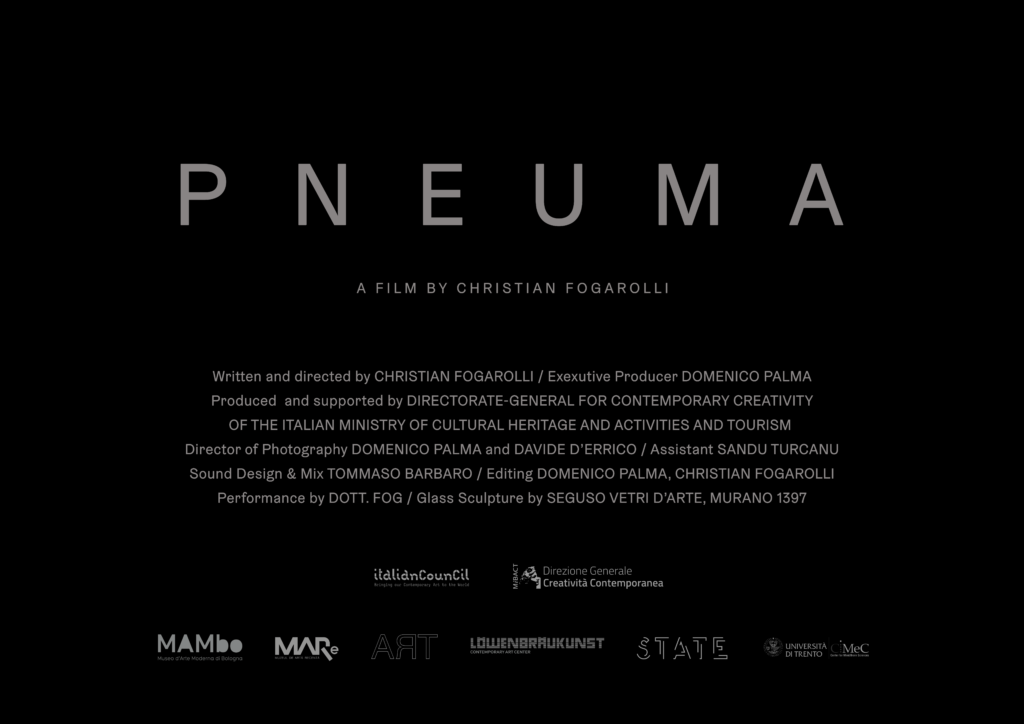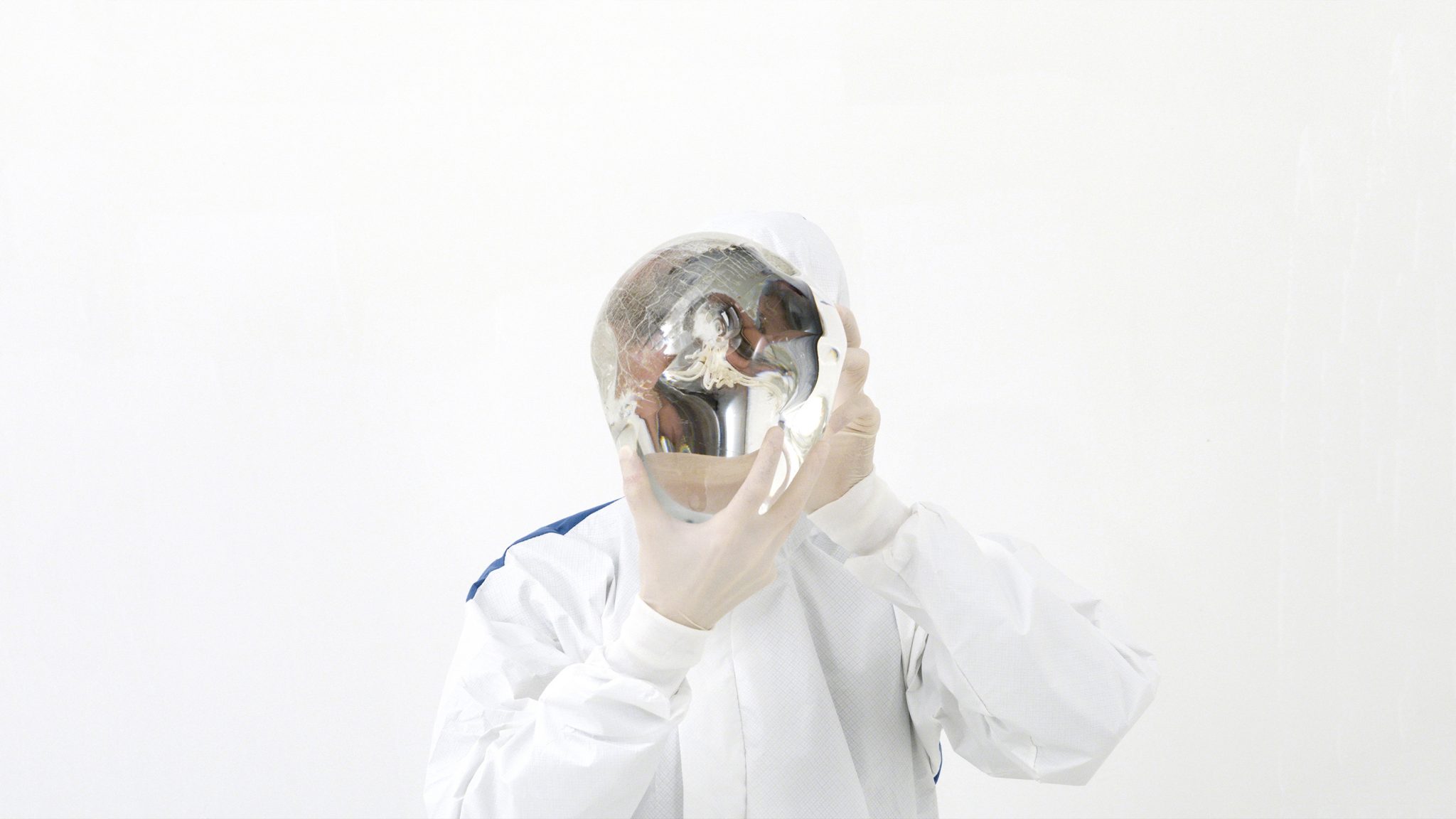Pneuma – Film

In an era of global health emergency where the concept of mental health manifests itself at the crossroads between self-care and mass hysteria, are we still able to start a process of de-stigmatization and reconsideration of mental illness? How to de-construct the binary categorization that distinguishes “deviance” from “normality”?
The meaning of the term Pneuma is complex and has an ancient tradition, from the Greek philosophy of Anaximenes, to the old testament up to alchemy. Pneuma, as a human spirit linked to the soul and the vital breath, has always been linked to the term psyché and medicine; Galen was one of the first to mention him in this sector by taking him out of stoicism. Descartes took up this knowledge by declining it through the “animal spirits” and speaking of a gentle wind that inflates the ventricles, but with mechanical laws. Subsequently, with Galvani, they will become electrical laws.
Pneuma, Christian Fogarolli’s film, starting from these considerations, is based on a substantial project that has seen the artist engaged in a year of theoretical and field research in several European countries and in institutions dedicated to mental care. It is from these sources and from these researches that the actions shown in this work come to life, to explore the boundary between organic and intangible matter.
White, aseptic and bright environments alternate with black and dark ones. The movements and operations performed by an enigmatic man of today’s science try to mark an impossible border between visible and invisible. In some cases, the manipulation and intervention actions are carried out with tools or acts on glass sculptures performed by the artist and which represent brain models to be investigated and changed. These technical-scientific actions relate to medical, psychoanalytic and psychiatric disciplines in which a mind can materialize itself, in which organic feelings can be investigated by neuroscience and pharmacology through chemical balance, in order to be able to reveal knowledge and cure internal disturbances.
The sound that accompanies the entire work, specially made, in some parts resumes the distorted and disturbing frequencies of magnetic resonance imaging (MRI) used to analyze the anatomical brain structure of the artist himself.
The succession of scenes leads the observer to the border between science and alchemy remembering how medical-scientific progress is only a consequence of a previous failure, and how science itself, by definition, denies itself consequently to the birth of new premises.

